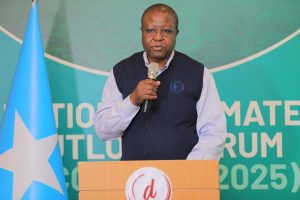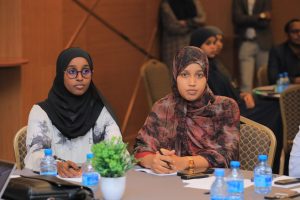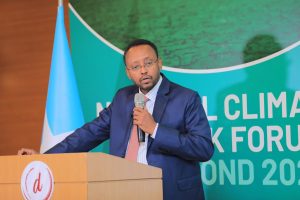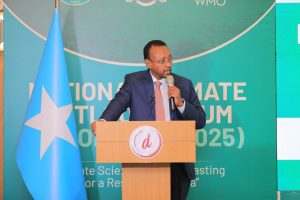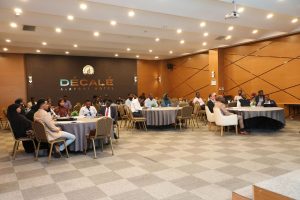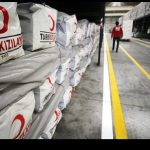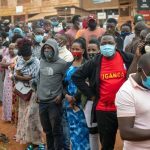Mogadishu, Somalia – In a dire forecast for the coming months, a new climate outlook for Somalia warns that the majority of the country will likely face drier-than-normal conditions and above-average temperatures. The outlook, released on September 3, 2025, by the Somalia Multi-Stakeholder Climate Outlook Forum, paints a concerning picture for a nation already grappling with climate vulnerabilities and food insecurity.
The forum, a collaborative effort organized by the Federal Government of Somalia’s Ministry of Environment and Climate Change alongside key international partners including the Food and Agriculture Organization of the United Nations (FAO), the IGAD Climate Prediction and Applications Centre (ICPAC), and the World Meteorological Organization (WMO), provides critical advisories to help the country prepare for the impacts of climate variability.
The Deyr 2025 seasonal outlook indicates that most of Somalia will receive below-average rainfall. Regions with the highest probability (55%) for drier-than-average conditions include Jubaland, Southwest State, Hirshabelle, and Galmudug. In contrast, some localized areas within Puntland and the Northeast are expected to experience near-normal rainfall, offering a slight reprieve.
Compounding the rainfall deficit, the forecast predicts warmer-than-average temperatures across the entire country, which will likely accelerate moisture loss from the soil and increase stress on crops and livestock. The onset of the rains will also be varied, with North and Central Somalia seeing a normal onset (September 24 to October 4), while the southern regions face a delayed start (October 14 to November 3), further complicating planting and harvesting cycles.
The anticipated extended dry periods pose significant risks to all sectors of the Somali economy, which is heavily reliant on rain-fed agriculture and pastoralism. The forecast suggests that current humanitarian needs may worsen, leading to increased food and water insecurity, displacement, and a heightened risk of conflict over scarce resources. Historically, prolonged droughts have decimated crop yields and livestock, the backbone of many livelihoods in Somalia.
In response to these threats, the forum issued a call for preparedness, urging a coordinated response from all stakeholders.
- Government and Humanitarian Agencies are advised to scale up early warning systems and drought response efforts to support at-risk communities.
- Farmers and Livestock Keepers are encouraged to adopt drought-resilient practices, such as water conservation and planting drought-resistant crops, to minimize losses.
- Health and Disaster Management Authorities have been put on alert to prepare for potential outbreaks of heat-related illnesses and vector-borne diseases like malaria and dengue, which can thrive in extreme temperatures.
- Development Partners and NGOs are requested to provide timely humanitarian assistance, focusing particularly on the most vulnerable and affected regions.
The Deyr season is crucial for Somalia’s food production and water security, and its performance directly impacts the well-being of millions. The outlook serves as a stark reminder of the urgent and coordinated action needed to reduce risks, protect livelihoods, and build long-term resilience against recurring climate shocks.
